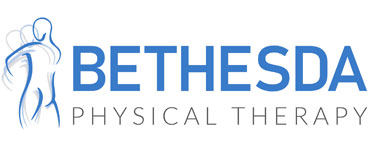Equine (Horse)-Assisted Therapy Can Help Musculoskeletal or Neurological Conditions
Oct 22By Stephanie Lever, Lancaster PA Center
Equine-assisted therapy refers to physical, occupational, or speech therapy that uses horses as treatment tools. It is referred to as hippotherapy, which is derived from the Greek word “hippo,” meaning horse.
How It Works:
This treatment method incorporates the movements of specially trained horses in the care of the patient. The horse’s pelvis has a similar movement pattern as humans do when walking.
As the patient sits on the horse, the rhythmic pattern of the horse’s hips is transmitted to the patient, simulating the mechanics of walking. This repetitive movement provides physical and sensory input and can assist in improving walking, balance, postural/core stability, strength, and range of motion.
It also can help to improve cognition, fine motor skills, and communication skills through tasks that the patient may do during treatment. For example, the patient may be asked to identify the parts of the horse either through naming them or touching them.
Who Benefits From Hippotherapy:
Hippotherapy is used to treat people of all ages and has been shown to help individuals with many different types of musculoskeletal or neurological conditions. Some diagnoses commonly treated include:
- Spinal cord injury
- Multiple sclerosis (MS)
- Autism
- Down Syndrome
- Cerebral palsy
- Stroke
- Behavioral/psychiatric disorders
- Traumatic brain injury
Treatment:
Equine-assisted therapy usually is prescribed by a physician and delivered by a licensed therapist. Treatment sessions typically involve hands-on participation with the therapist and occur year-round or until the patient meets specific goals for discharge.
The aim of the treatment is to improve functional limitations of the patient. During the session, the patient sits on top of the horse and usually is accompanied by the therapist and the individual guiding the horse. As the patient rides, enjoyable and challenging activities are selected to help improve areas of limitation. Most patients respond enthusiastically to hippotherapy and delight in this unique opportunity to engage with the horse in a treatment setting much different from traditional therapy.
To learn more about this unique treatment method or to find a hippotherapy-trained therapist in your area, please visit the American Hippotherapy Association at http://www.americanhippotherapyassociation.org/.
